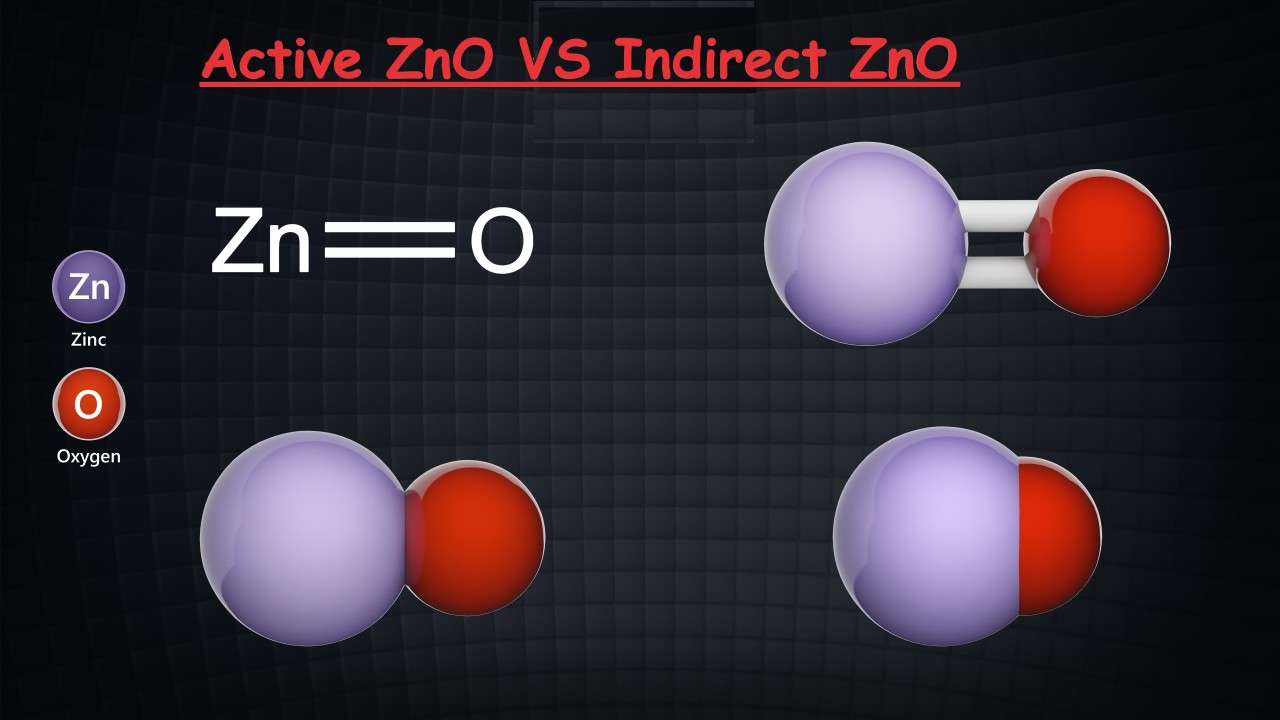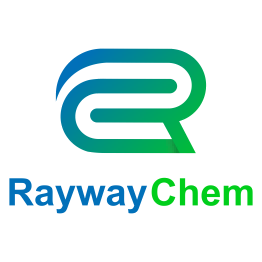Active ZnO VS Indirect ZnO

Active zinc oxide differs significantly from ordinary zinc oxide. Firstly, the two are produced by different methods. Active zinc oxide is produced by chemical methods, i.e. the wet method, and the equipment used to produce direct or indirect zinc oxide is not capable of producing active zinc oxide. There are three types of zinc oxide preparation methods: direct (also known as American), indirect (also known as French) and wet chemical. Direct or indirect products, with micron-sized particles and small specific surface areas, are properties that greatly limit their application areas and their performance in products. The wet chemical method for the preparation of nano-scale active zinc oxide can be used with various zinc-containing materials as raw materials, using acid leaching to leach out the zinc, removing impurities from the raw material after several purifications, and then precipitating to obtain alkaline zinc carbonate, and finally roasting to obtain active zinc oxide. Compared to previous process technologies for the preparation of nanoscale ultrafine zinc oxide, this new process has the following technical innovations.
1. The combination of reaction kinetics under equilibrium conditions and enhanced heat transfer technology allows the rapid completion of the roasting of alkaline zinc carbonate.
2. The process parameters can be adjusted to prepare various types of activated zinc oxide products of different purity, particle size and colour.
3. The process can utilise a wide range of zinc-containing materials as raw materials and transform them into high-value-added products.
4. A typical green chemical process, which is environmentally friendly.
Secondly, the particle size and surface area size of activated zinc oxide is different from that of ordinary zinc oxide. Activated zinc oxide has a small particle size and a large surface area. The surface area of activated zinc oxide is 10 times higher compared to that of ordinary zinc oxide. Compared to ordinary zinc oxide, activated zinc oxide has many advantages. The small particle size, light and lose structure and large specific surface area for nitrogen adsorption make it evenly distributed in the rubber material when used as a vulcanisation activator, giving it a large contact area with hydrogen sulphide and a greater opportunity for interfacial reactions. Therefore, as a vulcanisation accelerator and good reinforcing agent for synthetic rubber, it is 50-70% of the normal zinc oxide dosage.
The main characteristics of activated zinc oxide are.
①High activity, strong activation effect on the sulphurisation reaction, therefore, the dosage can be reduced or the sulphurisation time shortened
②Small specific gravity, low zinc content and low content of harmful substances
③Active zinc oxide is easy to mix with the rubber material and can be dispersed evenly, which can improve the viscosity of the rubber material.
④It improves the stability of the shape and thermal conductivity of pressed products.
⑤ Compared to indirect zinc oxide, the cost of activated zinc oxide is much lower.
There are also a number of applications for activated zinc oxide. It is used in the rubber industry as a stabiliser for ultraviolet light and can improve the atmospheric resistance of polyethene. When reactive zinc oxide reacts with resin acids the resulting zinc resin can be used to produce fast drying inks with a good colouring effect. Zinc oxide desulphurisation agents made from activated zinc oxide have a large specific surface area, high sulphur penetration capacity, high mechanical strength, large stacking gap and small bed pressure drop. Zinc oxide desulphurisation agent is widely used in the process of deep desulphurisation and purification of industrial raw materials such as ammonia, methanol and hydrogen production, and oil. At a certain temperature and pressure, it can effectively reduce the concentration of hydrogen sulphide and organic sulphur in the gas in trace amounts.


